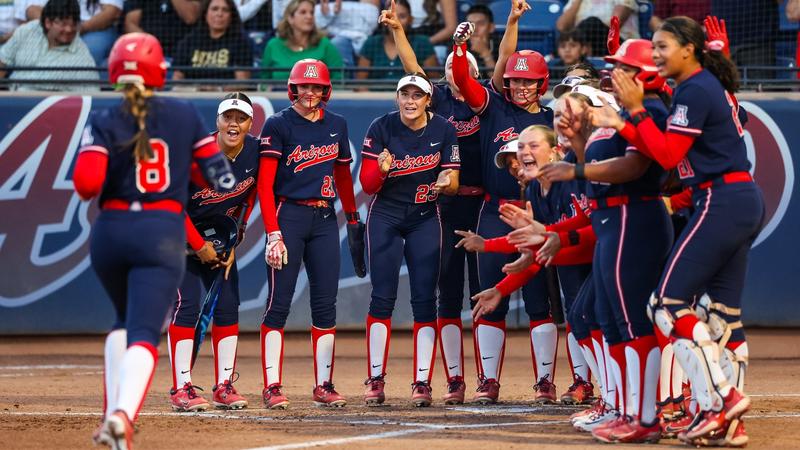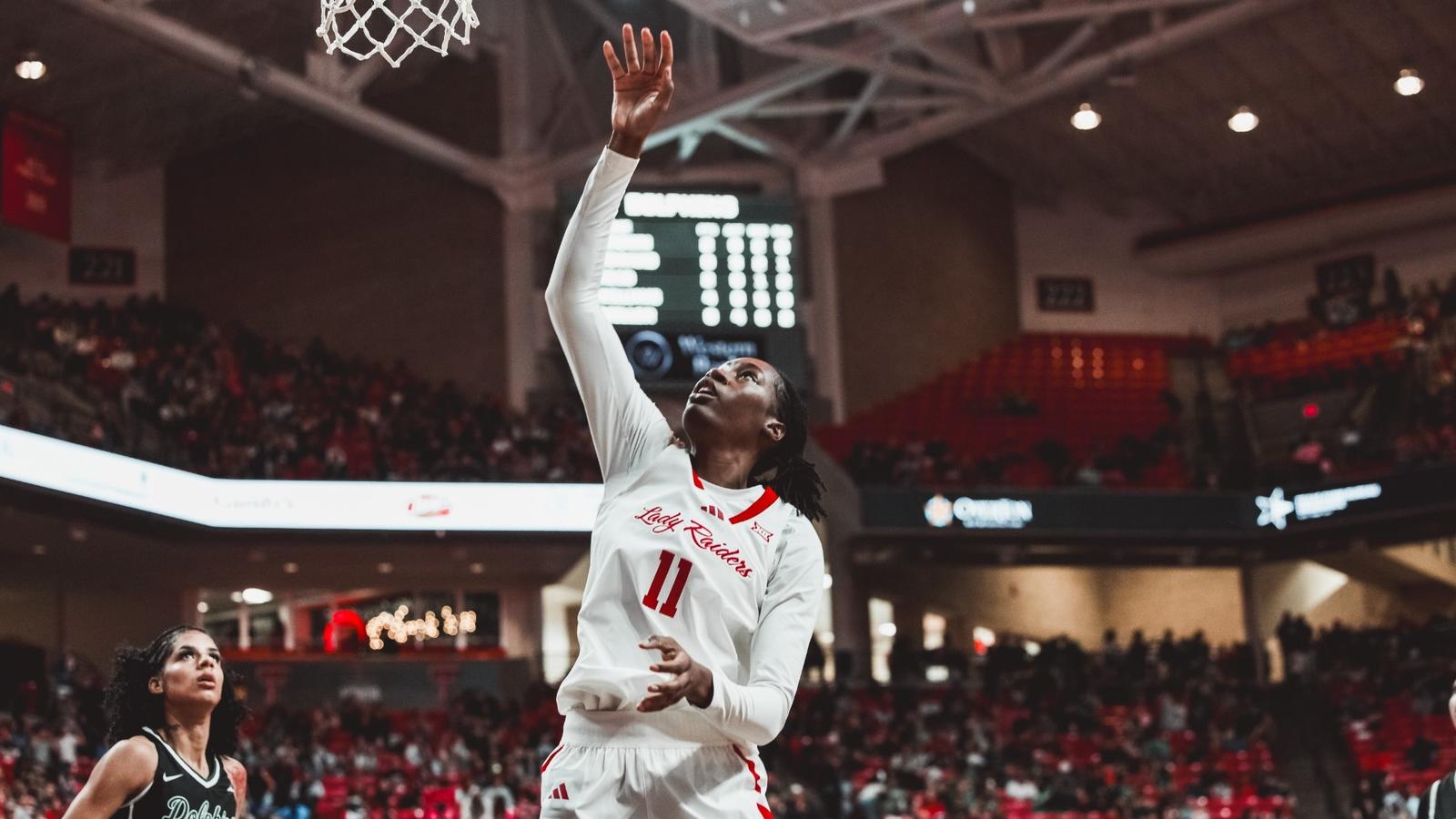
Vols in the NFL – Week 15
KNOXVILLE, Tenn. – Former Tennessee standouts continued to make an impact across the NFL in Week 15, led by big performances from Jauan Jennings and James Pearce Jr.
Jennings delivered another clutch outing for San Francisco, hauling in…
Jennings delivered another clutch outing for San Francisco, hauling in…
Continue Reading

Jack Taylor Set to Join K-State This Spring
MANHATTAN, Kan. – Jack Taylor, who has found success on the community-college level the last two seasons, has signed a financial aid agreement and will join the Wildcats in time for spring competition, Kansas State head men’s golf coach Grant…
Continue Reading

Registration Open for CSU Cross Country Camp
FORT COLLINS – Registration is now open for the 2026 Colorado State Cross Country Camp, which will be hosted at the Colorado State Mountain Campus from July 6-9.
The camp has returned for its second installment after a successful inaugural…
Continue Reading

Arizona Softball Unveils Full 2026 Schedule
TUCSON, Ariz. – Arizona Softball announced the full 2026 schedule, featuring 29 home games at…
Continue Reading

Sanogo scores career high, Tech defeats Jacksonville
LUBBOCK, Texas – Sarengbe Sanogo scored a career-high in points and Bailey Maupin reached new feats as the Texas Tech Lady Raiders overtook the Jacksonville Dolphins, 76-40, on Wednesday afternoon at the United Supermarkets Arena.
For Texas…
For Texas…
Continue Reading

Men’s Soccer Lands Three Major Philly Soccer Six Awards
PHILADELPHIA – The Philadelphia Soccer Six released its postseason awards on Wednesday afternoon, with the…
Continue Reading

Gibson Dunn Secures Unanimous Sixth Circuit Decision on Behalf of Churchill Downs, Home of the Kentucky Derby
Firm News | December 17, 2025
Gibson Dunn has secured a decisive Sixth Circuit victory for Churchill Downs, home of the Kentucky Derby, with the court holding unanimously that…
Continue Reading

Panthers ‘don’t know’ if Tkachuk will play in Winter Classic
Tkachuk is a key member of the two-time defending Stanley Cup champions, who will play their first outdoor game and host the first NHL outdoor game in Florida. He had 57 points (22 goals, 35 assists) in 52 regular-season games and 23 points…
Continue Reading

Inoke Breckterfield Named Defensive Line Coach
CORVALLIS, Ore. – Inoke Breckterfield will join the Oregon State football program as the Defensive Line Coach, Head Coach JaMarcus Shephard announced Wednesday.
“I see it as an honor and a privilege to have Inoke Breckterfield join our staff…
“I see it as an honor and a privilege to have Inoke Breckterfield join our staff…
